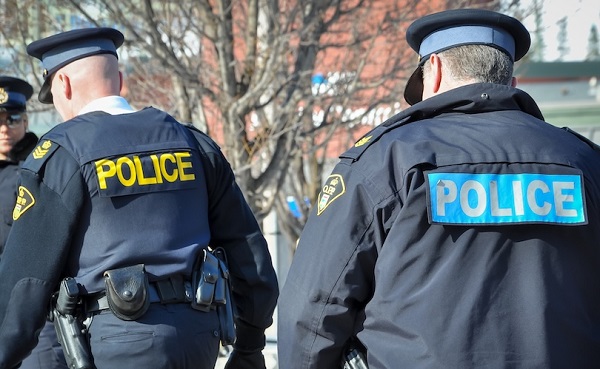In most households, the Christmas supply chain looks like a torn wrapping paper and a box that weighs more than it should. In the West, it starts earlier, and farther north, with a practical question, what do you make a modern Christmas out of?
For all the talk of “magic,” the season is built from materials, and Western Canada supplies a lot of them. Most toy aisles are a small museum of polymers, which owe their existence to the chemistry between plastic and petroleum, where basic building blocks such as ethylene and propylene are turned into everyday goods.
What matters, at least for policy and planning, is not whether plastics come from crude alone, but how flexible the inputs can be. The U.S. Energy Information Administration notes that plastics production draws from natural gas, natural-gas processing liquids, and refinery feedstocks, and that it cannot pin down exact shares because the petrochemical sector switches among them.
That flexibility is also why recycling is shifting from a moral lecture into an industrial method. One increasingly discussed option is pyrolysis oil, which uses high heat in an oxygen-free environment to break end-of-life plastics into hydrocarbons that can be refined back into feedstock for new products.
The balance sheet behind the workshop
If Santa’s workshop is the headline, the Canadian balance sheet is the fine print. Oil and gas production is concentrated in Western Canada’s sedimentary basin, with industry figures placing Canadian output around 19 billion cubic feet of natural gas per day and about six million barrels of oil per day on a year-to-date basis, led by oil sands volumes. That steady volume keeps plants humming, and shelves stocked.
British Columbia’s other gift is fibre, and here the story is harder, but still central. The province’s timber supply has been squeezed by the mountain pine beetle era and by shifting land use and permitting, with harvest levels falling from roughly 50 million cubic metres a year in the 2010s to about 30 million cubic metres a year in 2025, alongside a debate over what sustainable should mean for mills and towns.
Wood is not just boards, it is packaging, pallets, paper products, and, if you are willing to play along with the season, the occasional replacement runner for a sled. Add paint, varnish, and a few fasteners, and the workshop is back in business.
Getting materials to the pole
Getting materials to tidewater is where the politics returns. One Resource Works analysis argues that shipping can be managed with modern tanker safety rules, noting decades of existing tanker traffic out of Vancouver, and pointing to double hull standards and spill response capacity as part of the modern baseline.
Another points to the Port of Prince Rupert as a strategic northern gateway, citing its deep, wide harbour, shorter sailing times to Asia, and growing export role for commodities such as propane, even as the federal northern tanker ban shapes what is, and is not, possible.
Canada’s latitude is not a punchline either. With the country’s Arctic stretching toward the Pole, Western Canada sits closer to Santa’s route than most industrial regions on Earth, which is a reminder that distance, as much as ideology, determines who supplies whom.
None of this requires believing in miracles. It requires acknowledging that Christmas is still a physical enterprise, that the West’s energy and forest sectors are part of the country’s winter logistics, and that, once a year, even the fiercest debates about molecules and metres have to reckon with a simple reality, the stockings get filled by supply chains, in plain sight, too. Somewhere above it all, Santa’s route planner approves the shorter distance tonight.
Resource Works News




















